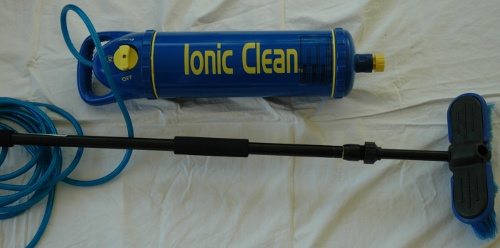 The HomeRight Iconic Clean Washing System is a large blue canister that takes your tap water and turns it into de-ionized (DI) water. The canister has a 20 foot hose with a soft bristle brush attached, and a three way (Off – Bypass – DI) switch on the end. You’re supposed to be able to wash windows, cars, boats, and other similar surfaces with the system and water only. Having just spent a weekend scrubbing windows “the old way” (soap, water, elbow grease) I was pretty skeptical. I was also interested to see if it could best my results. I am pleasantly surprised to report that for the most part, it works exactly as advertised.
The HomeRight Iconic Clean Washing System is a large blue canister that takes your tap water and turns it into de-ionized (DI) water. The canister has a 20 foot hose with a soft bristle brush attached, and a three way (Off – Bypass – DI) switch on the end. You’re supposed to be able to wash windows, cars, boats, and other similar surfaces with the system and water only. Having just spent a weekend scrubbing windows “the old way” (soap, water, elbow grease) I was pretty skeptical. I was also interested to see if it could best my results. I am pleasantly surprised to report that for the most part, it works exactly as advertised.
Parts Parts Parts
The Ionic Clean comes in a long box that (at least for my review unit) didn’t fully protect it during shipping. Once you dig out the parts you’ll have the following spread out on your floor:
The initial setup involves connecting the 20′ hose to the wand, attaching the wand to the brush, and putting the hose attachment onto the bottom of the canister. You can just see the small pile of plastic bits in the photo – that’s what’s left of the on/off valve the UPS guy managed to kill:
Fortunately for me, this is an inexpensive part (a few bucks at the local home center) or it can be unscrewed from the wand and then you simply use the OFF position on the canister itself. In either case, I proceeded to put it all together. Then, I had a go at getting the end-cap off to see what the filter looked like, and how hard it is to replace:
I’m no body builder, but I do hit the gym nearly every day. Let’s just say you want someone strong to help you with getting that end cap off! After a bit of struggling, I got it to release. You can see in the photo the orange stuff in the middle. That’s the ionic filter that does the magic of converting tap water into de-ionized water. It’s also the only down-side to this whole thing. Those filters have a run-life of MINUTES. If you have really hard water, just 35 minutes. Most people’s city water comes in around 200ppm, so you should get 70 minutes or so out of a filter. The filters cost $50 each, so you’ll want to pay attention to that… washing a car and using 5-10 minutes of rinse is the same as $3.50-$7.00. Washing windows, where you spend a minute or two per window rinsing, is 75 cents per window.
The Test Subjects
Sadly, there is no way to review this product without first showing some of the dirt. So, for your pleasure, I give you some shots of a dirty garden window (which is truly a pain in the back to wash) and my neglected car:
Garden Window… yuck. This is only a few weeks after washing it by hand, with soap…
You can almost see through that glass!
This is the rear window of my car.
This is the passenger side window of my car.
That’s the roof.
For this test I just followed the directions. First I scrubbed (gently) with the brush and the canister on Bypass. That got rid of most of the dirt, but if left alone at that point the result would be a spotty mess. After the scrub, I flipped it to the DI setting and gave a few scrub/rinse passes. Then I left it alone.
Action Photos
Here’s a few shots of the ionic rinse. It’s very noticeable when you are in DI mode – the water just sheets right off of any surface. I found the 20 foot hose to be long enough that I could leave the canister on the ground nearby the car or window, and the telescoping wand/brush was long enough to reach across the car window, or up and over the top of the garden window. So other then keeping an eye on the clock when in DI mode, the whole thing was a breeze:
Weird sheeting action of DI water…
Long reach of the wand…
Closeup of DI water sheeting action.
Results. Wow.
Like I said, I was prepared to be disappointed, but in fact it worked exceptionally well. With no soap at all, just a pre-rinse with regular water and then a quick rinse with the DI water, both the garden window and the car came out sparkling clean. The glass results rivaled those you get after a lot of windex and a pile of rags. The car finish sparkled, and all the grime was gone.
Garden window, nearly perfectly spotless.
Two drops… that’s all that I could find on the glass after the rinse.
Windshield… clear, spotless, and shiny. This is with no wipe-down.
The same side window as before, only now you can see reflections.
Yes, there are still a few spots. But this is about as bad as it gets, and the car was filthy before.
Rear glass. You can see a few spot-trails, but again with no wipe down, and no soap at all, that’s pretty good.
The new shine.
Conclusion
I’m a believer. The whole process went very quickly, since there isn’t much more cleanup then re-capping the canister (or letting it drain out for a while) and then putting it away. The actual cleaning process was done in minutes – a scrub pass and then a DI rinse pass, and you’re done. The only lingering doubt I have is the cost over time of the filters. My guess is I wasn’t as efficient as possible since I was doing this for a review and was pausing for photos – even though I was turning off the canister I expect I used a few more minutes of filter time then I otherwise would have. Still, washing a window and a couple cars, I used at least 10 minutes of filter time. So I could see needing a new filter after washing all the windows in your house twice, or washing your cars once a week for a couple months. On the up side, the Ionic Clean system is very gentle on your car, or whatever is under your windows!
Gerber Gear Suspension 12-in-1 EDC Multi-Plier Multitool with Pocket Knife, Needle Nose Pliers, Wire Cutters and More, Gifts for Men, Camping and Survival, Grey
23% OffGerber Gear Diesel Multitool Needle Nose Pliers Set, 12-in-1 EDC Multi-Tool Knife, Survival Gear and Equipment, Black
$129.99 (as of November 27, 2025 18:08 GMT -05:00 - More infoProduct prices and availability are accurate as of the date/time indicated and are subject to change. Any price and availability information displayed on [relevant Amazon Site(s), as applicable] at the time of purchase will apply to the purchase of this product.)Product Information
| Price: | $249.00 |
| Manufacturer: | HomeRight |
| Requirements: |
|
| Pros: |
|
| Cons: |
|


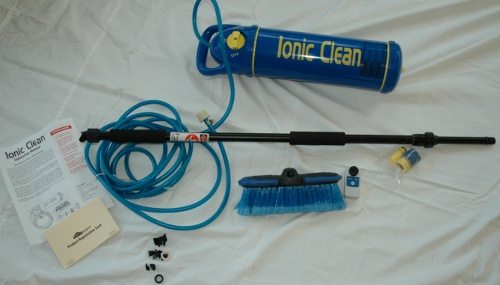
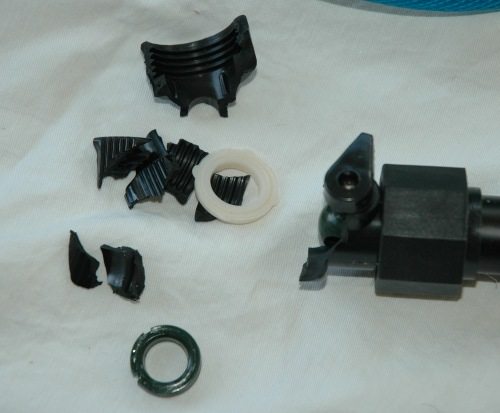



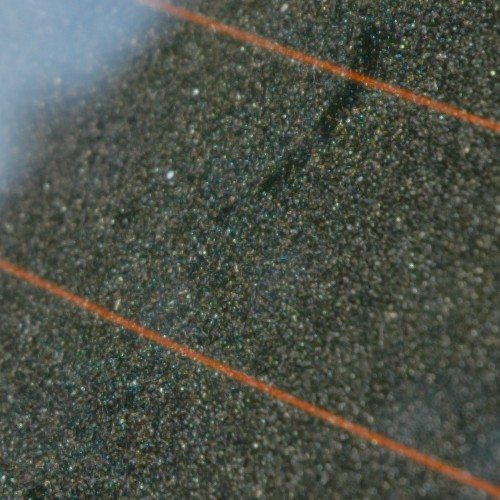
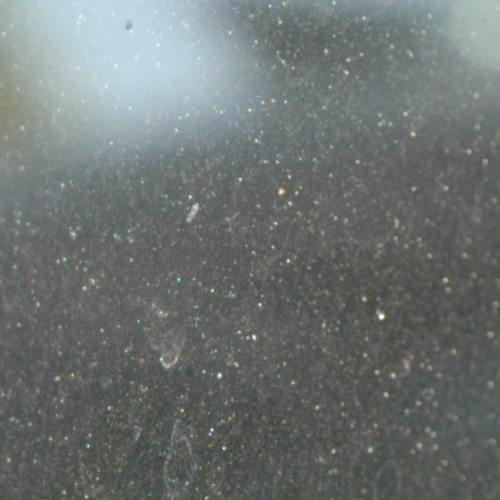
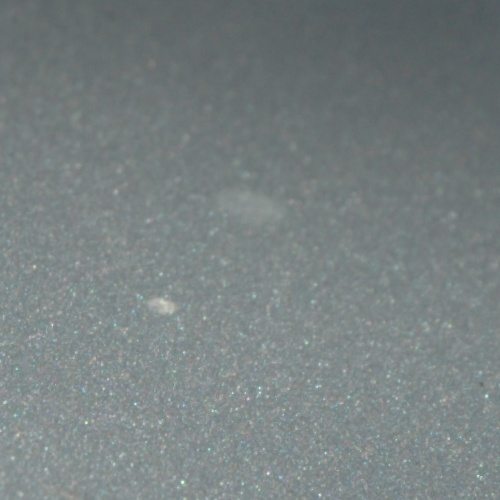
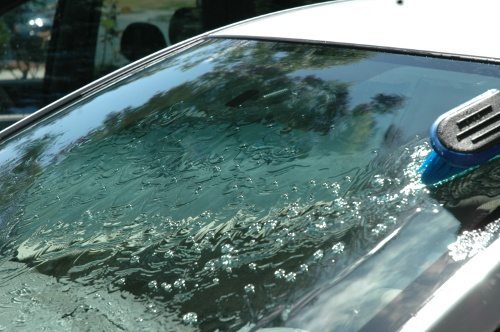
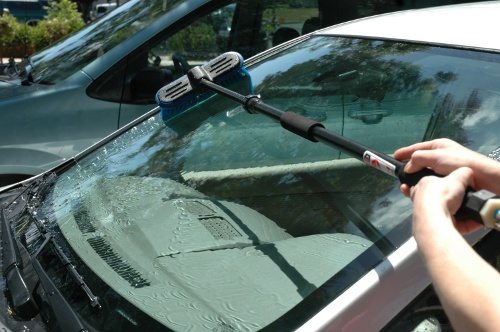
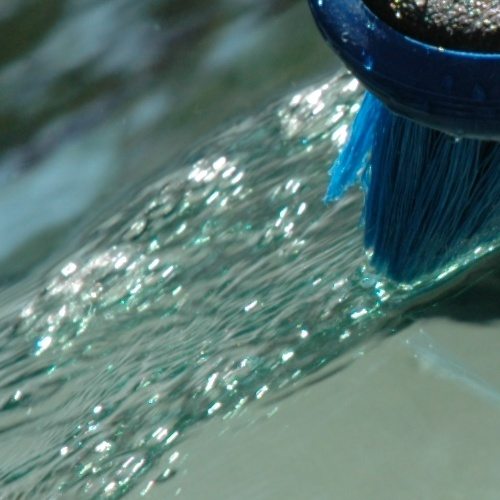

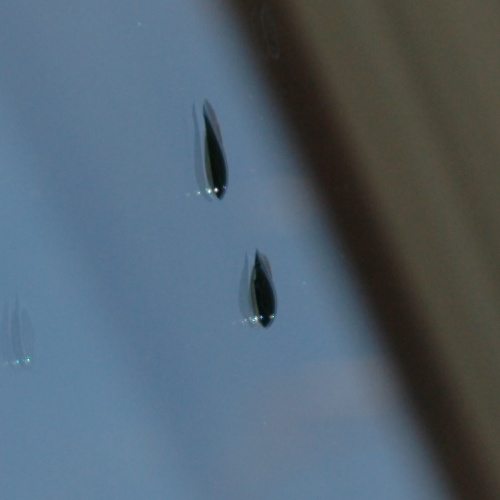
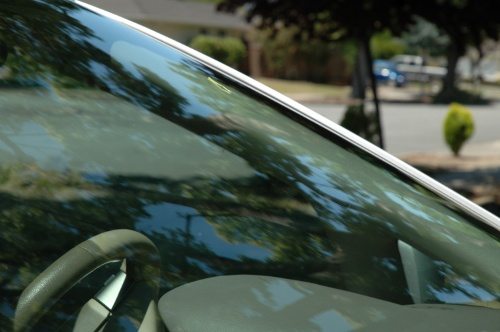
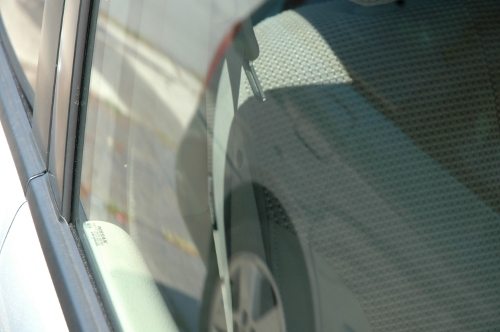
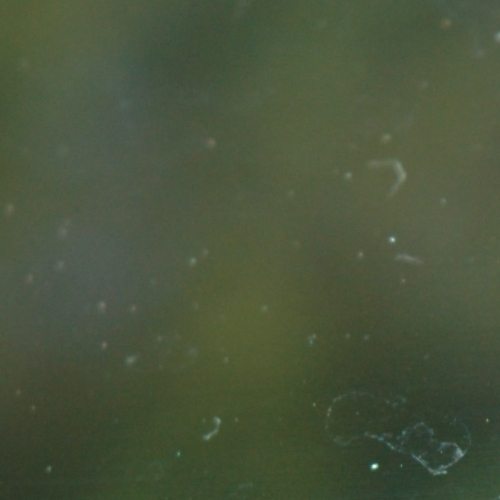




Gadgeteer Comment Policy - Please read before commenting
$249??? Wow, is that ever a rip-off! Even granted that the filter is worth $50 (?) the rest of the plastic parts couldn’t amount to more than $10-20 at retail.
On the other hand, I sure would like to try out the system if it were reasonable.
There is a car washing product from Mr. Clean that does this for a whole lot less money. It also has a deionizing water cartridge and for much, much less than $50 a refill.
I have one and it delivers similar results to what you show here. The final rinse is pretty much spot-free.
Works much the same, with a three-way switch that delivers soap, then hose water for the first rinse, then the DI water for the final rinse.
Here it is on Amazon: http://tinyurl.com/2brceaw
Amaozon and Cal Car Cover sell it for less than $200.
Mr Clean filters are $7 each and the Ionic Clean filter is about 13 thimes larger. considering $7×13=Mr clean filters cost twice as much.
The Ionic Clean filter will make on average between 40 and 75 gallons of DI water. It takes 3 gallons to rinse a car. You will get between 13-25 rinses per filter or a cost of $2-$4 per use.
This makes a lot of sense! This technology is fairly new but is already being used all over the world to clean everything. It is even used in hospitals. Used hot it is completely sanitary and there is no need for soaps and detergents that are so harmful to the environment.